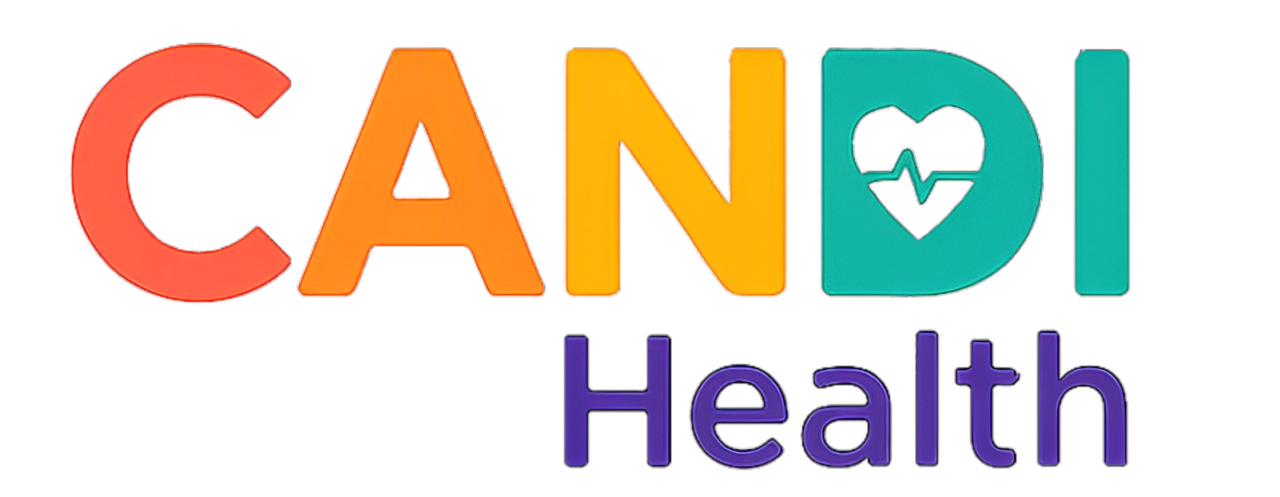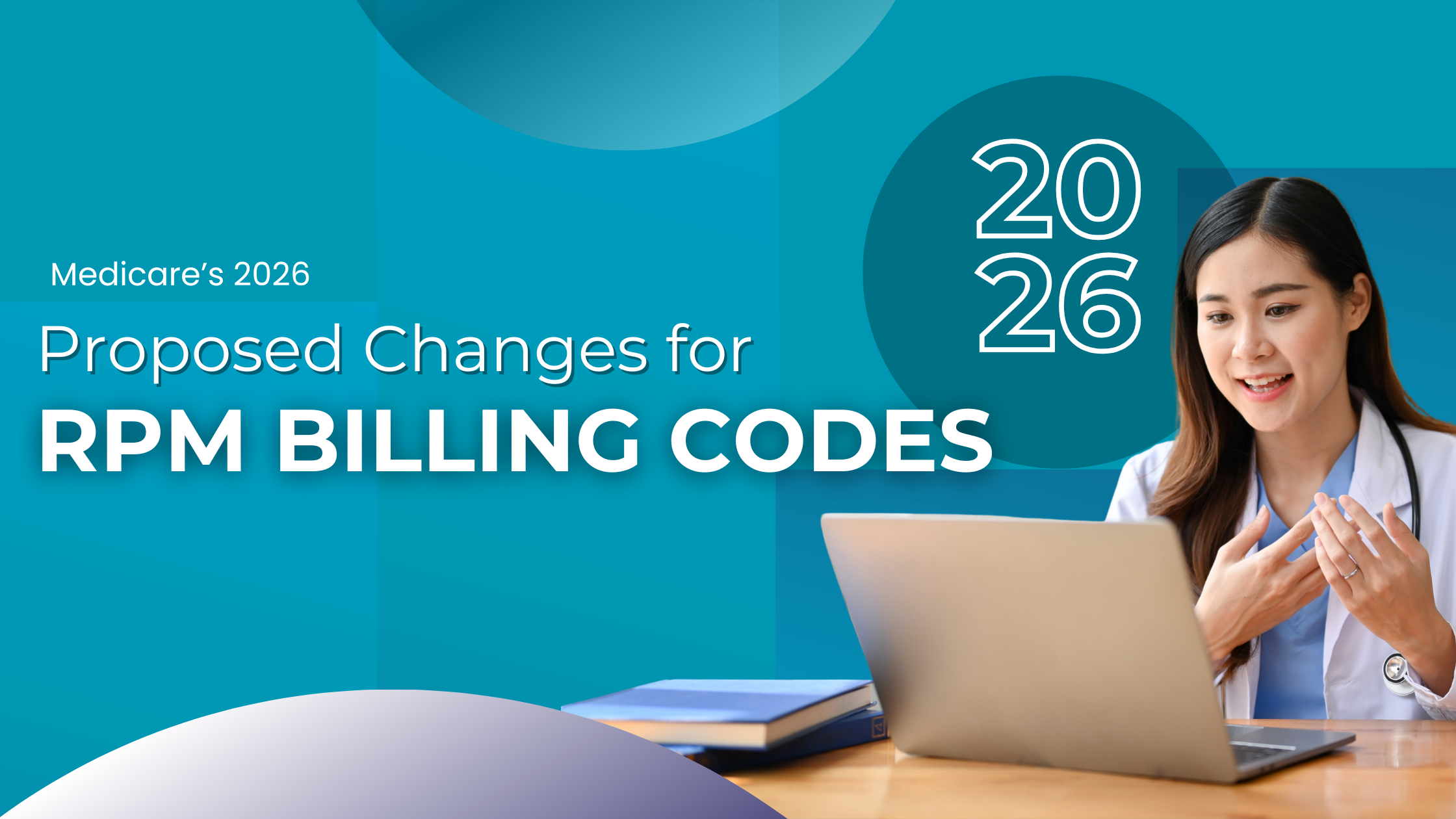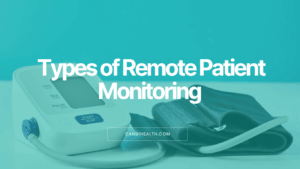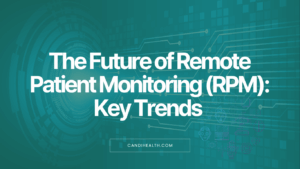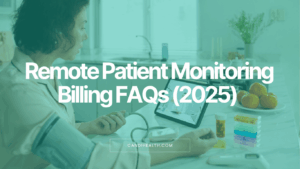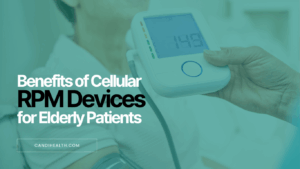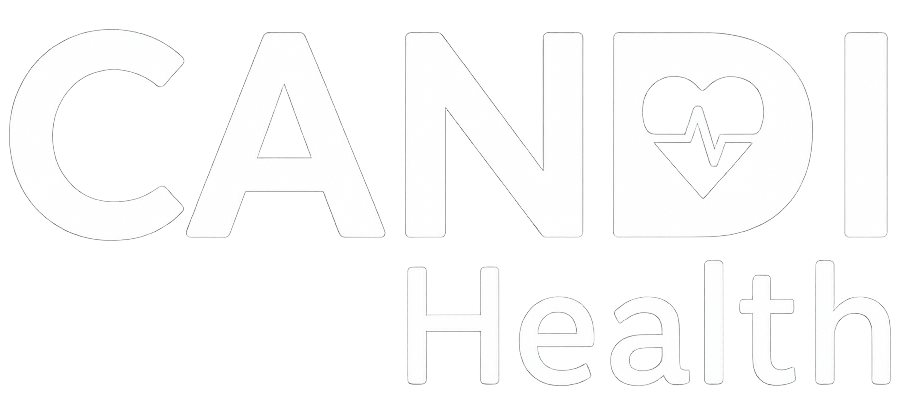On July 14, 2025, the Centers for Medicare & Medicaid Services (CMS) issued a proposed rule under the 2026 Medicare Physician Fee Schedule (PFS), which includes several key changes to Remote Patient Monitoring (RPM) services.
These changes are still in the proposal stage, and CMS is soliciting public comments on them. The proposed changes aim to update billing codes and reimbursement structures to reflect the evolving needs of healthcare providers and patients. These proposals intend to increase the flexibility of RPM services, improve care coordination, and ensure that reimbursement more accurately reflects the services being provided.
This blog will break down the proposed changes to RPM billing codes, explain why these changes are happening, and explore how they will affect healthcare practices, patient care, and provider operations. Providers need to stay ahead of these changes to maximize their revenue and ensure compliance in 2026.
Table of Contents
Key Proposed Changes to RPM Billing Codes for 2026
The 2026 proposed changes include both new billing codes and updates to existing ones. These changes are designed to ensure that healthcare providers are reimbursed more accurately for the services they provide, based on patient needs and the duration of care provided.
1. 99XX4 – Device Supply for 2–15 Days
CMS proposes a new billing code, 99XX4, for RPM services where health data is transmitted over a period of 2 to 15 days within a 30-day period. This new code is introduced to cover less intensive, intermittent monitoring, allowing providers to bill for patients who require only periodic check-ins or monitoring for short durations.
For example, this code may apply to patients who are managing a condition that doesn’t require daily monitoring but benefits from periodic check-ins, such as those with less severe chronic illnesses. This update helps ensure that patients with lower-frequency monitoring needs receive appropriate care and reimbursement
2. 99XX5 – Treatment Management for 10–20 Minutes
CMS also proposes introducing the 99XX5 code to cover treatment management services for durations of 10 to 20 minutes. This new code reflects the need to reimburse for brief but clinically significant interactions between providers and patients.
The introduction of this code addresses the gap in the current system, where shorter, yet necessary, interactions were not being reimbursed adequately.
Source: Federal Register / Vol. 90, No. 134 / Wednesday, July 16, 2025 / Proposed Rules
Adjustments to Existing Codes
Alongside the new codes, CMS also proposes adjustments to several existing RPM codes, aimed at refining the reimbursement process and ensuring that longer-term monitoring is adequately compensated.
CPT 99454 – Device Supply for 16–30 Days
The existing CPT 99454 code will remain, but it will be updated slightly to cover RPM services for a monitoring period of 16 to 30 days.
The proposed changes aim to ensure that providers are compensated fairly for managing patients with chronic conditions who require extended monitoring over a 16-30 day period. This code continues to provide a solid foundation for ongoing patient care that goes beyond the 15-day period.
CPT 99457 – Treatment Management for 20+ Minutes
CPT 99457, which covers treatment management for 20 minutes or more, will not see significant changes, but CMS has emphasized that it will remain an essential billing option for providers managing patients requiring extended interaction for chronic conditions or acute health issues.
This code remains a critical option for providers who need to engage in extended treatment sessions with their patients, addressing their ongoing care needs.
CPT 99458 – Additional Treatment Management in 20-Minute Increments
This code will continue to provide essential billing options for healthcare providers managing patients who need extended treatment and supervision during RPM, ensuring that additional time spent on these services is compensated fairly.
The continued use of CPT 99458 ensures that providers who need to engage in extended RPM sessions for more complex cases will be appropriately reimbursed for the time invested in managing patients’ care.
Proposed RPM CPT Codes and Requirements Summary
The table below summarizes current and proposed RPM codes along with their descriptions and data requirements:
| CPT Code | Description | Data/Time Requirement |
| 99453 | RPM setup/training | Initial patient education (one-time) |
| 99454 | RPM device supply (revised) | ≥16 days of device data in 30-day period |
| 99XX4 | New RPM device supply | 2–15 days of device data in 30-day period |
| 99457 | RPM treatment management (first 20m) | ≥20 minutes patient communication* |
| 99458 | RPM treatment management (additional 20m) | Each additional 20 minutes |
| 99XX5 | New RPM management (10–20m) | 10–20 minutes patient communication* |
Note: The details provided here are based on the CY 2026 Medicare Physician Fee Schedule (PFS) Proposed Rule (CMS-1832-P) issued on July 14, 2025. The rule is open for public comment before any final decisions are made.
Final Thoughts and Resources
CMS’s 2026 RPM proposals break down old barriers and encourage wider use of monitoring technologies – a win for patient care and for practices adopting virtual care. If finalized, the new codes and payment policies will expand access to home monitoring (helping more patients with chronic disease) and improve the financial sustainability of RPM programs.
Read the official CMS rule (CMS-1832-P) and fact sheets for full details. Comment on the proposed rule by September 12, 2025 if you have feedback. When the final 2026 PFS rule is released (around late November 2025), review it carefully along with CMS MLN guides and coding updates. Consult professional coding resources or legal counsel as needed to implement these changes. By staying informed and proactive, your team can leverage the 2026 CMS RPM updates to improve care and capture deserved reimbursement.
Sources:
Federal Register / Vol. 90, No. 134 / Wednesday, July 16, 2025 / Proposed Rules
